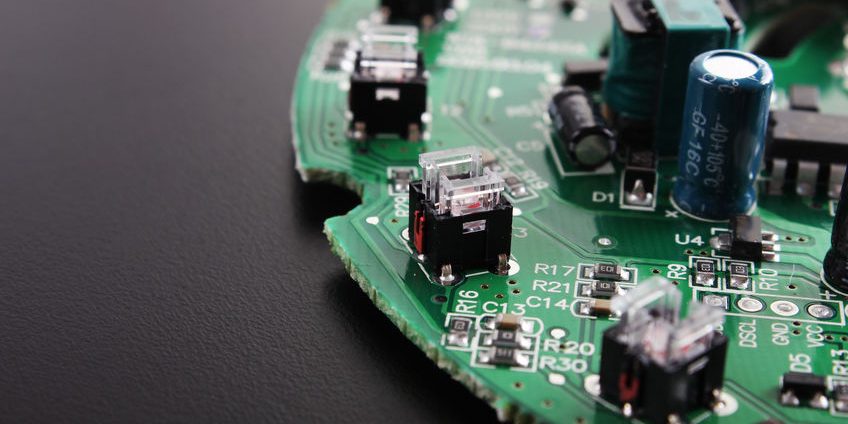Printed Circuit Board (PCB) assembly is a complex process involving the interaction of many small components. Each has their roles in supporting the whole electronic device. If even one part fails, the entire circuit board may fail as a whole. That alone should tell you how important it is to know the primary function of every component on a PCB.
Learning about PCBs and their electronic parts can be very intimidating for anyone with limited or no knowledge about PCB assembly, but that shouldn’t be the case. The key is to start with getting to know the parts that make up an electronic device, as taught in many IPC operator courses.
In this article, newcomers in electronics manufacturing will learn about four electronic components commonly found in PCBs and how IPC operator training can help them enhance this knowledge.
1. Resistors
One of the most commonly used components in PCBs and also the simplest to understand, resistors are two-ended electrical pieces marked with different colored rings that indicate their resistance value. A resistor’s essential function is to control or “resist” the flow of electric current passing through them and allowing electricity to flow through the circuit with ease.
Without resistors, other components on the board won’t be able to handle the voltage, an electrical force that “pushes” current from one point to another in the circuit. This then can cause overloading. Resistors prevent this from happening by converting electrical energy into heat, which then dissipates.
2. Capacitors
These are the large cylinders you can find on every PCB. They have two leads protruding from the same side of the component. Like tiny rechargeable batteries, their primary function is to store electric charges temporarily and then re-release them when needed.
This temporary storage of electrical energy is vital for when the primary source of power drops. Other components in the circuit will still function even without a battery or other primary power source.
3. Transistors
Considered the building blocks of modern electronics, transistors are three-terminal D-shaped components that can act as either a switch or amplifier of electric charges.
Transistors act like a valve across a pipe, controlling the flow of water running through the pipe. You can fully close, fully open, or partially open the valve. Working as amplifiers, transistors can take a tiny electric current from one end and produce a bigger electric current on the other end. This function is helpful for hearing aids where the sound turned into fluctuating currents is boosted to make the louder version of the sound.
4. Diodes
Highly essential on a PCB, diodes are semiconductor components that have leads attached to two ends like a resistor, but unlike resistors, diodes have a positive and negative side. The lead attached to the negative side of the diode is called a cathode, while the one attached to the positive side is called an anode.
Diodes act like one-way streets on a PCB. Currents can pass through only in one direction – from positive to negative. When reversed (negative to positive), the diode acts as an insulator, blocking the current from flowing to the other side. This primary function protects the circuit if the power source is connected in the wrong direction. Some diodes can also convert alternating current (AC) into direct current (DC).
The most common type of diode that many people know is the Light Emitting Diode (LED) that can come in either single or multi-color. Other types of diodes are Zener, high-speed switching diodes, and Schottky diodes.
Conclusion
Understanding these components helps us realize the complexity of PCB assembly and why electronic manufacturers must enroll their staff in IPC operator courses.
Blackfox offers IPC operator training to new operators with limited assembly knowledge or existing staff who want to upskill. Make sure that your manufacturing staff only uses the industry’s best practices. Contact Blackfox today at Phone: (888) 837-9959 or at [email protected].






